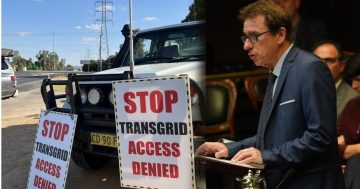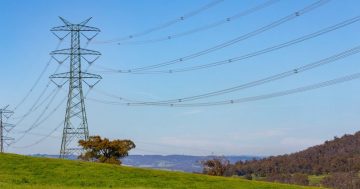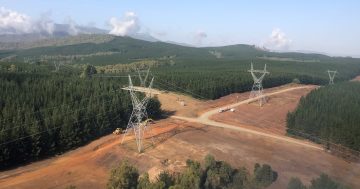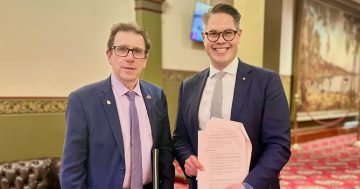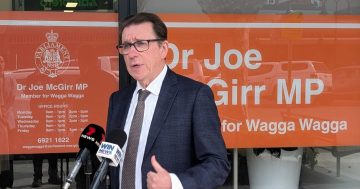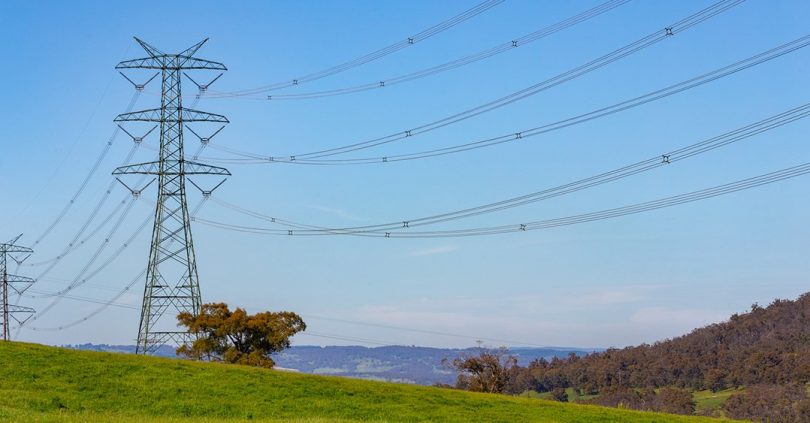
The cost of the HumeLink project has blown out from $1.3 billion to $3.3 billion in two years. Photo: Transgrid.
Independent Member for Wagga Dr Joe McGirr has called on the State and Federal governments to consider funding the underground construction of one of the state’s largest energy infrastructure projects.
HumeLink is a new 500kV transmission line which will connect Wagga, Bannaby and Maragle. The project proposes about 360km of new transmission lines and new or upgraded infrastructure at three locations.
The State and Federal governments recently committed $7.8 billion to fund the transmission lines, which are set to connect Snowy 2.0 to the grid, among other transmission projects. Dr McGirr said the funds should be used to put the Humelink project underground rather than overhead.
He said HumeLink would “demolish” more than 2500 hectares of land with giant overhead transmission towers 85 metres tall with a 70 metre wide swathe of land cleared along the corridor.
“This impacts the Kosciuszko National Park, prime farmland, numerous private properties and regional landscapes,” Dr McGirr said.
“Native habitats for endangered species such as the Booroolong Frog, Superb Parrot Eastern Pygmy Possum, Greater Glider and indeed koalas will be severely impacted and most likely destroyed.
“In short, this is an environmental and economic desecration of our parks, lands and homes.”
The Wagga MP said the transmission towers would be vulnerable to bushfires with the network still recovering from the Black Summer Bushfires in 2019/20.
“Worse still, damaged networks are more prone to causing fires and in extreme weather that risk increases dramatically,” Dr McGirr said.
“Snowy 2.0 is in our backyard and is a vital part of the transition to affordable renewable energy.
“Right now, we have the opportunity to build energy infrastructure that will last for the next 80 years or more; so let’s do it right.”
Earlier this year Transgrid did a feasibility study for undergrounding the project, after it was initially ruled out due to concerns that it could become up to 10 times more expensive than overhead lines.
Transgrid estimated the cost to be $ 11.5 billion – at least three times more than the entire project’s current cost of $3.3 billion.
“The difference in cost between overground and underground development is considered substantive and as such is not in the best interests of keeping the cost to consumers as low as possible,” a spokesperson said.
“Given the cost-of-living pressures being experienced by consumers, this is particularly pertinent and Transgrid is committed to doing everything it can to put downward pressure on customer bills.
“In addition, delays associated with undergrounding would have a significant impact on network security.
“Transgrid will continue to work with the Australian Energy Regulator and Commonwealth and NSW governments to minimise impacts on landowners and communities.”







